Exploring History and Memory in Beaufort, SC
I arrived in Beaufort, South Carolina late this afternoon. I checked into the Rhett House Inn and immediately set out on a short walk through the historic district. The weather is beautiful. A slight breeze coming off the water made for a very pleasant walk.
It’s hard not to feel overwhelmed by the rich history that surrounds you here. Than again, I traveled to Beaufort for just that purpose. Everywhere I look, I can hear echoes of Robert Gould Shaw’s brief time in Beaufort and the surrounding area, with the 54th Massachusetts, between June and July 1863.
Here are a few pics that I took this afternoon. The weeping willow trees along Bay street are spectacular.
While walking through the St. Helena Anglican Church…
…I came across the grave of Confederate Lt. General Richard H. Anderson and…
…Brigadier General Stephen Elliott, Jr.
I was pleased to see that that Confederate graves are marked with the Confederacy’s First National Flag rather than the battle flag. I don’t have a problem with this.
A few blocks away is the home owned by Edmund Rhett, known as “Secession House.”
Read the markers.
I was struck by this commemorative marker located along the waterfront.
The text is quite interesting. Slaveowners supposedly “abandoned” their slaves after the United States military occupied the area in November 1861. I am not sure the enslaved felt “abandoned” by their masters.
Finally, I stumbled on the final resting place of Robert Smalls, located next to the historic Tabernacle Baptist Church.
There is also a bust of Smalls next to the church.
Here is Smalls’s grave site. Very simple.
Though the church was closed, I was able to spend a few minutes inside before a Bible study started.
That’s it for now. Tomorrow will be a full day. I promise to share some more reflections when I have a few minutes. Now if you will excuse me, the staff is about to serve dessert and wine on the veranda.


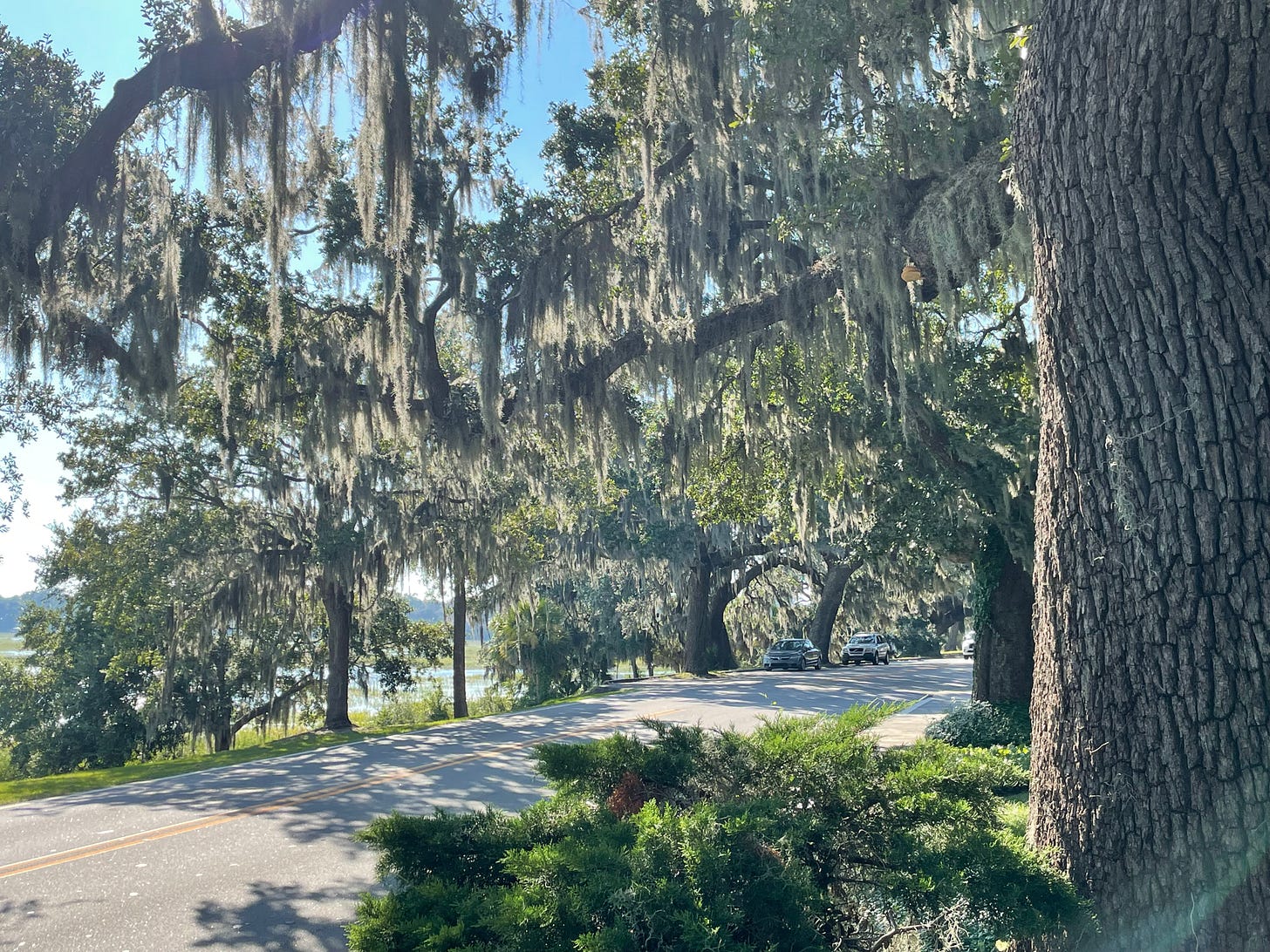
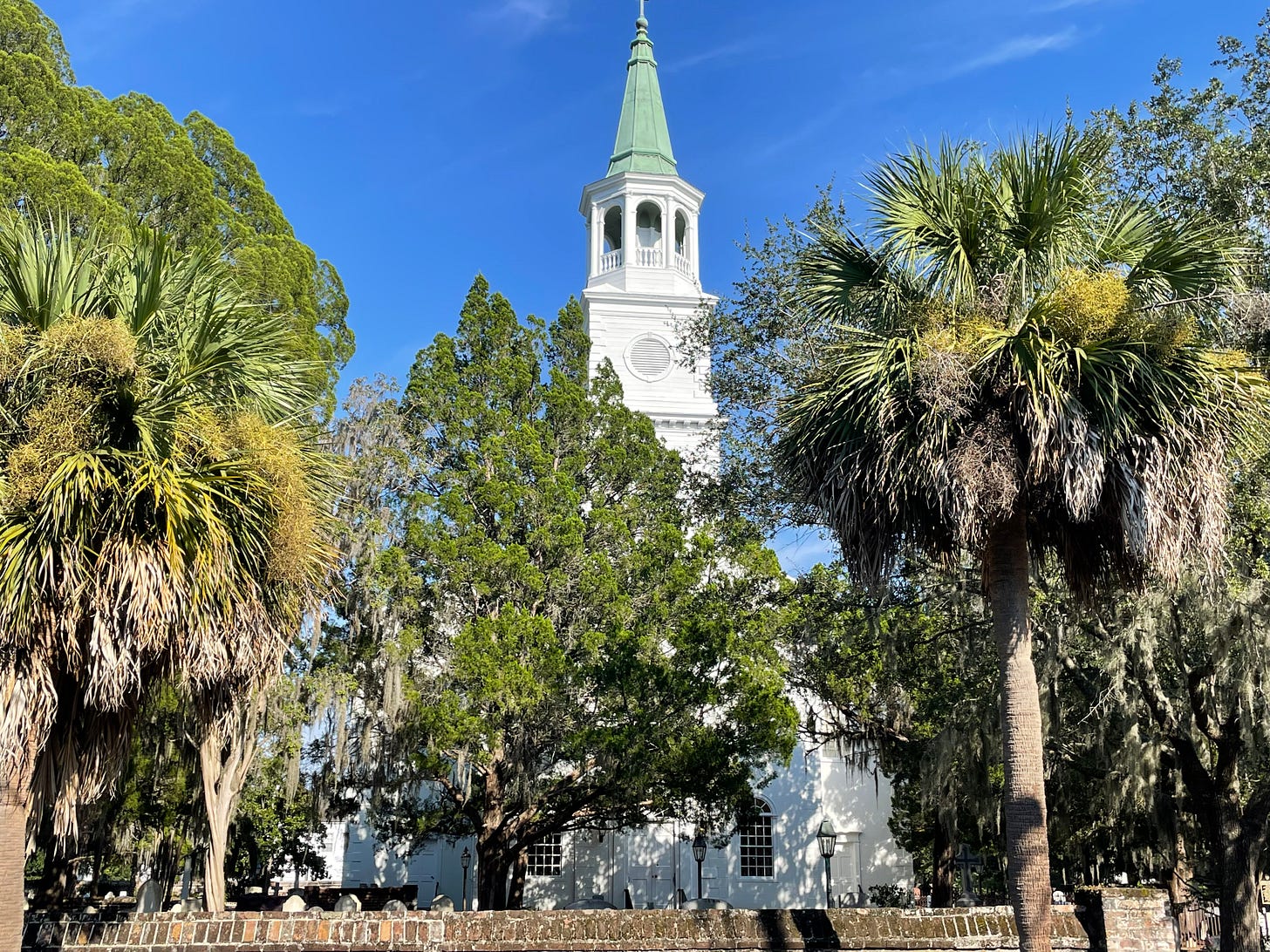
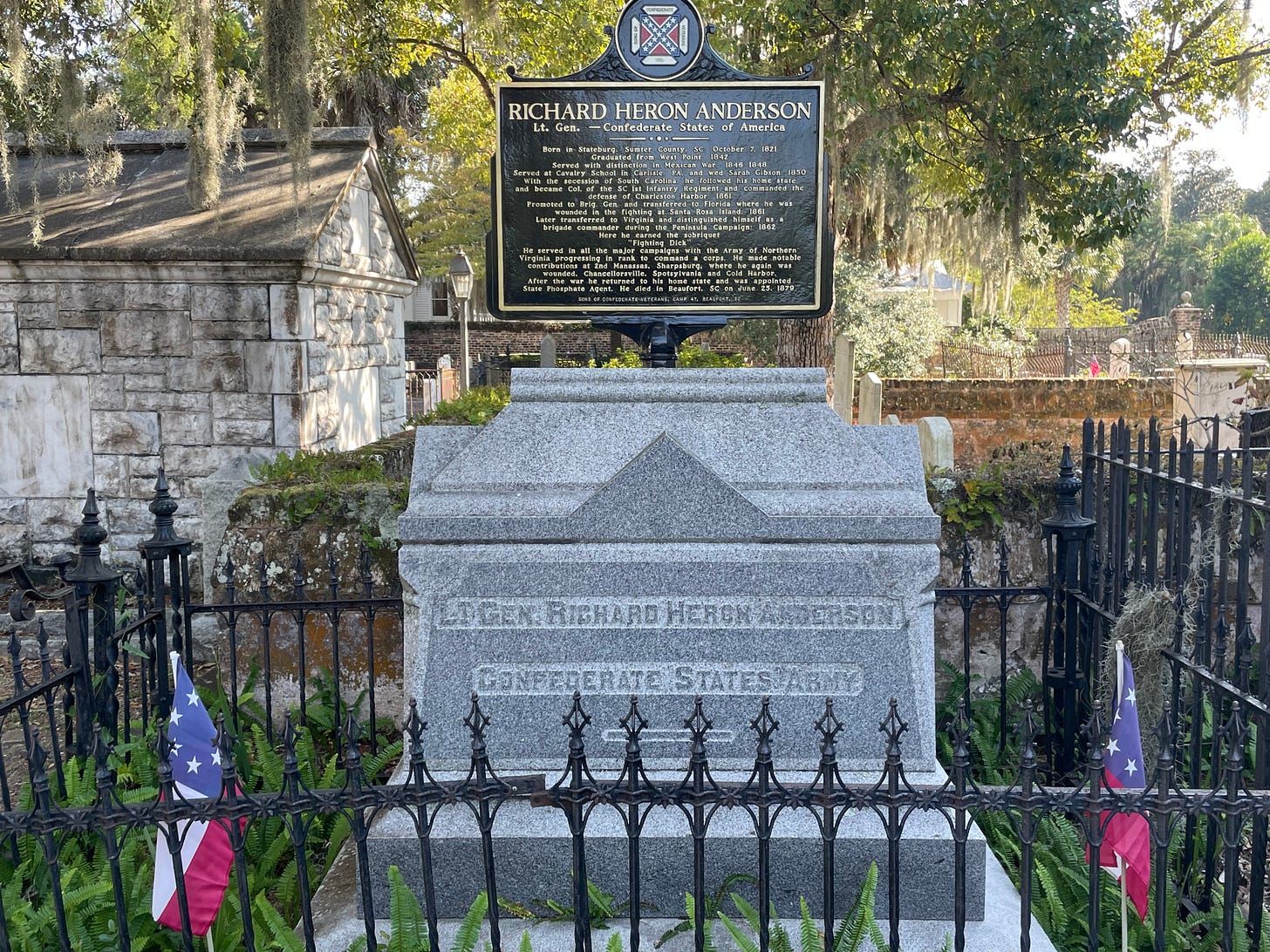
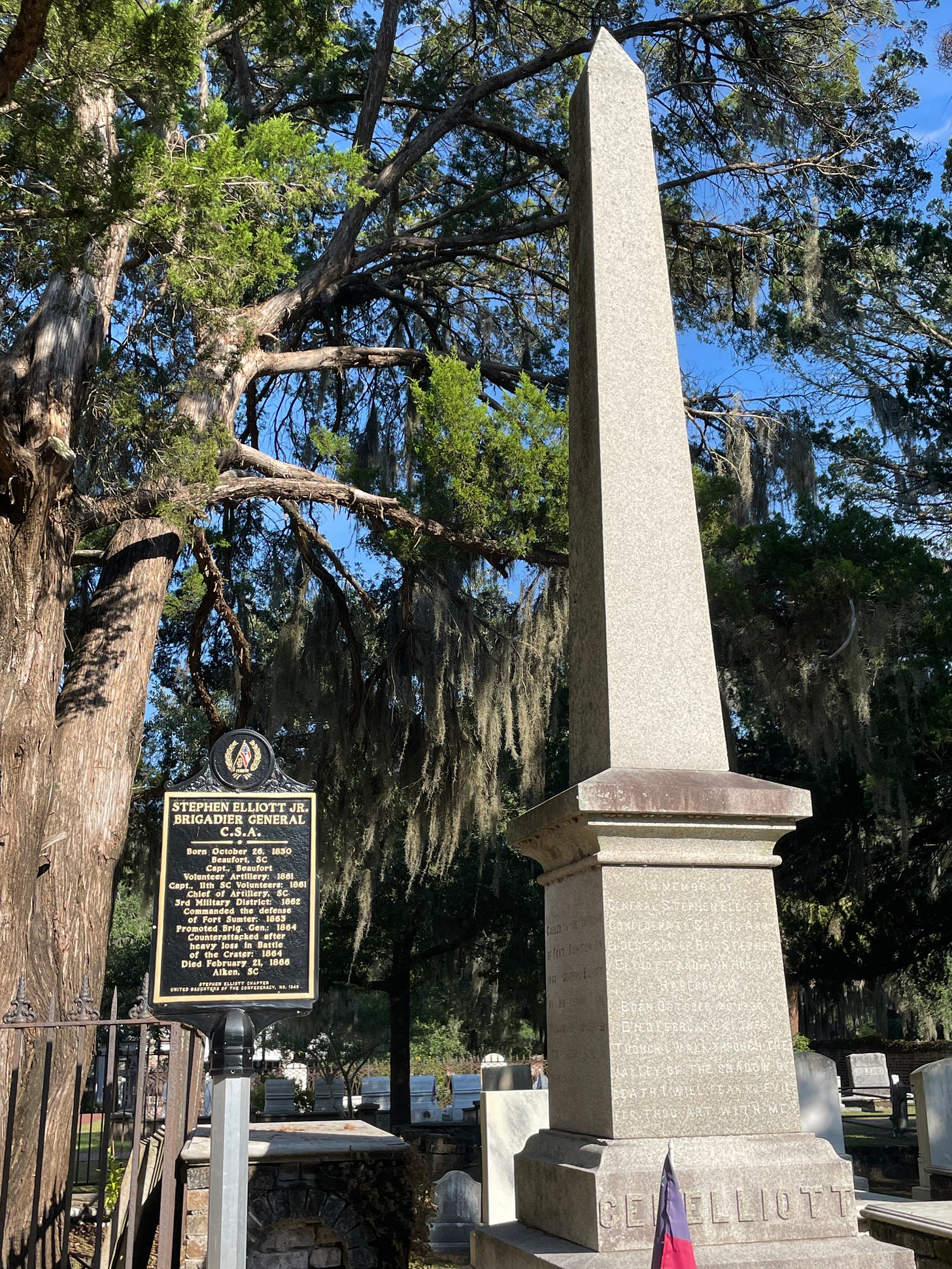
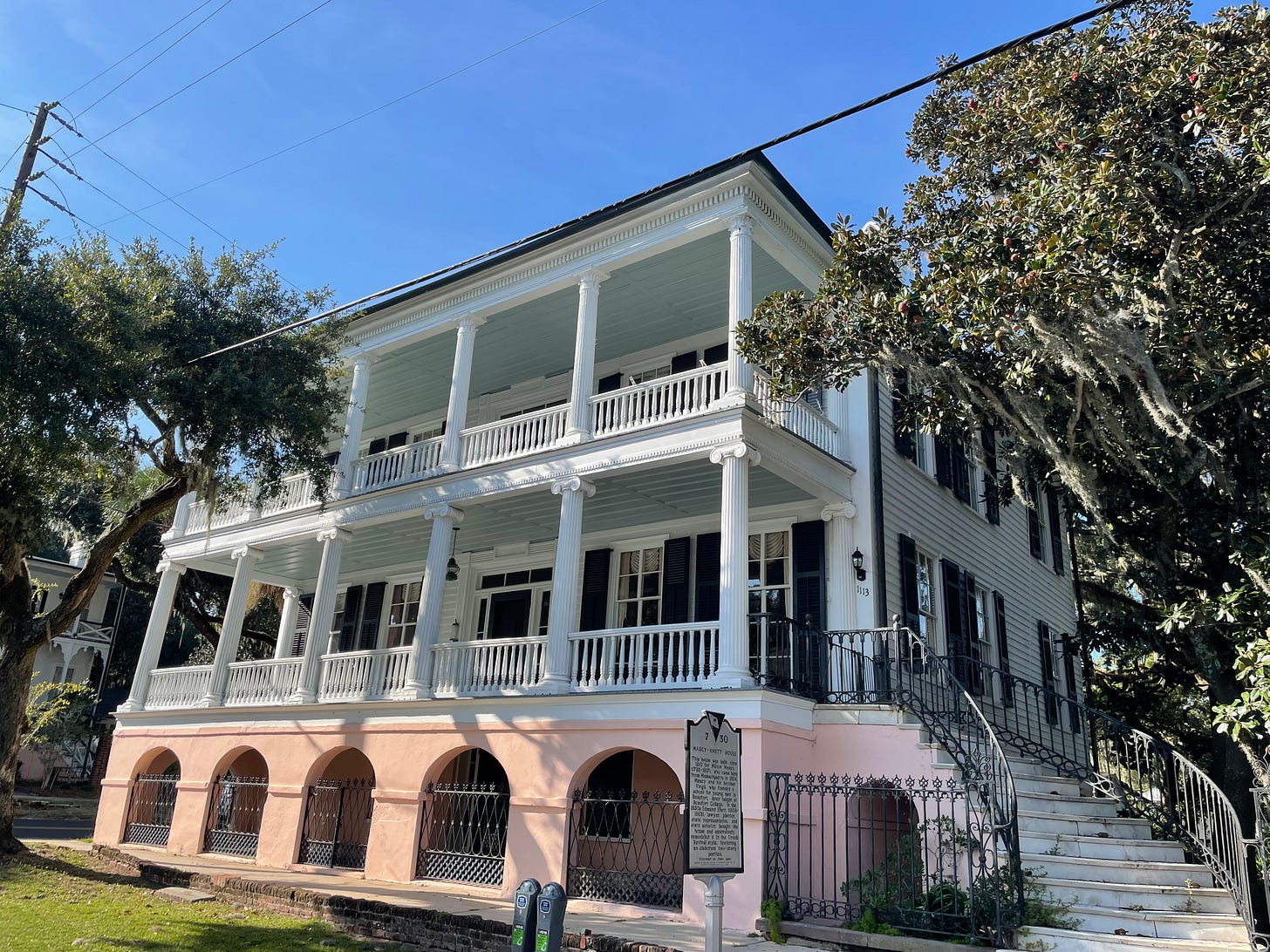
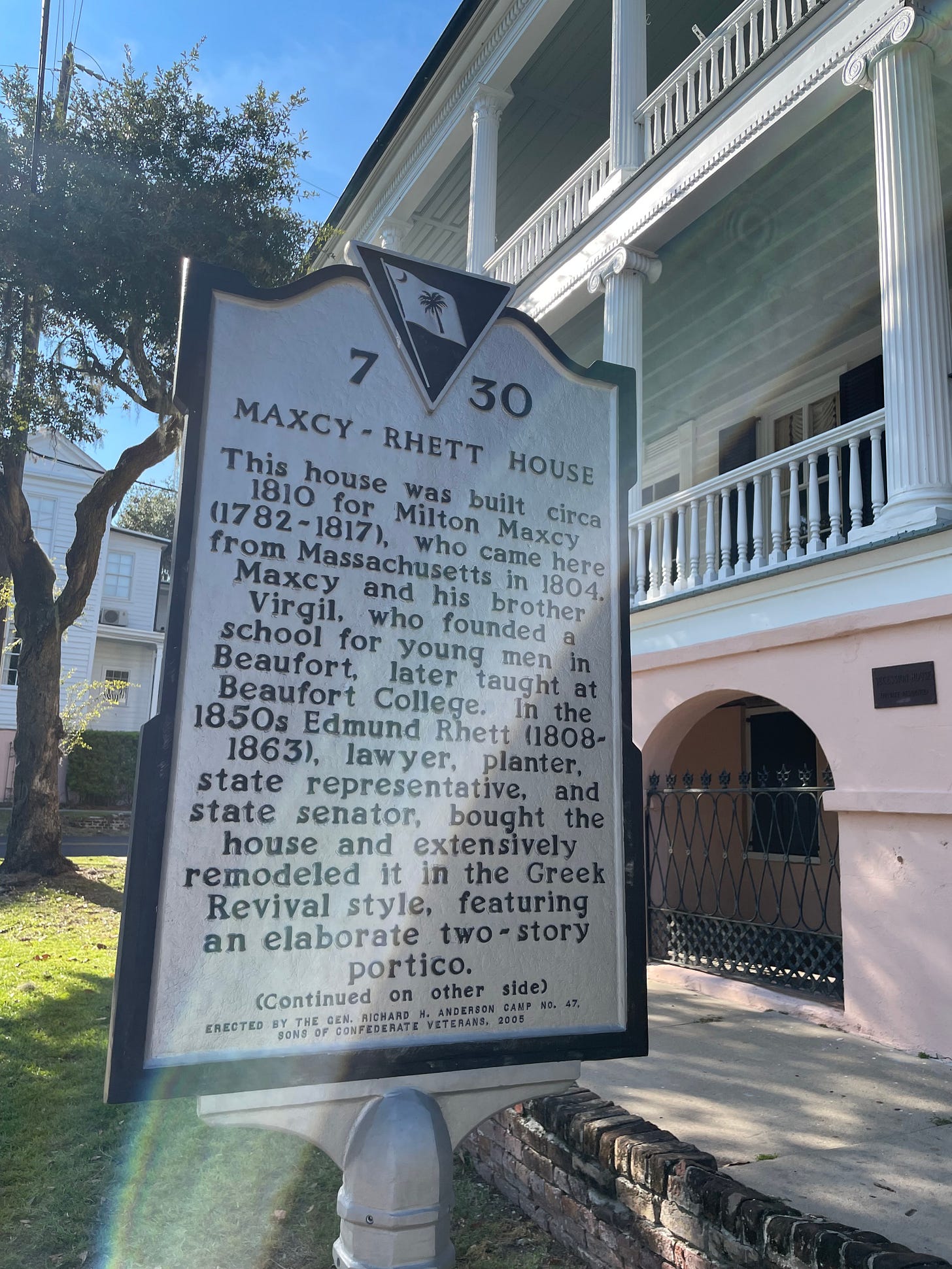

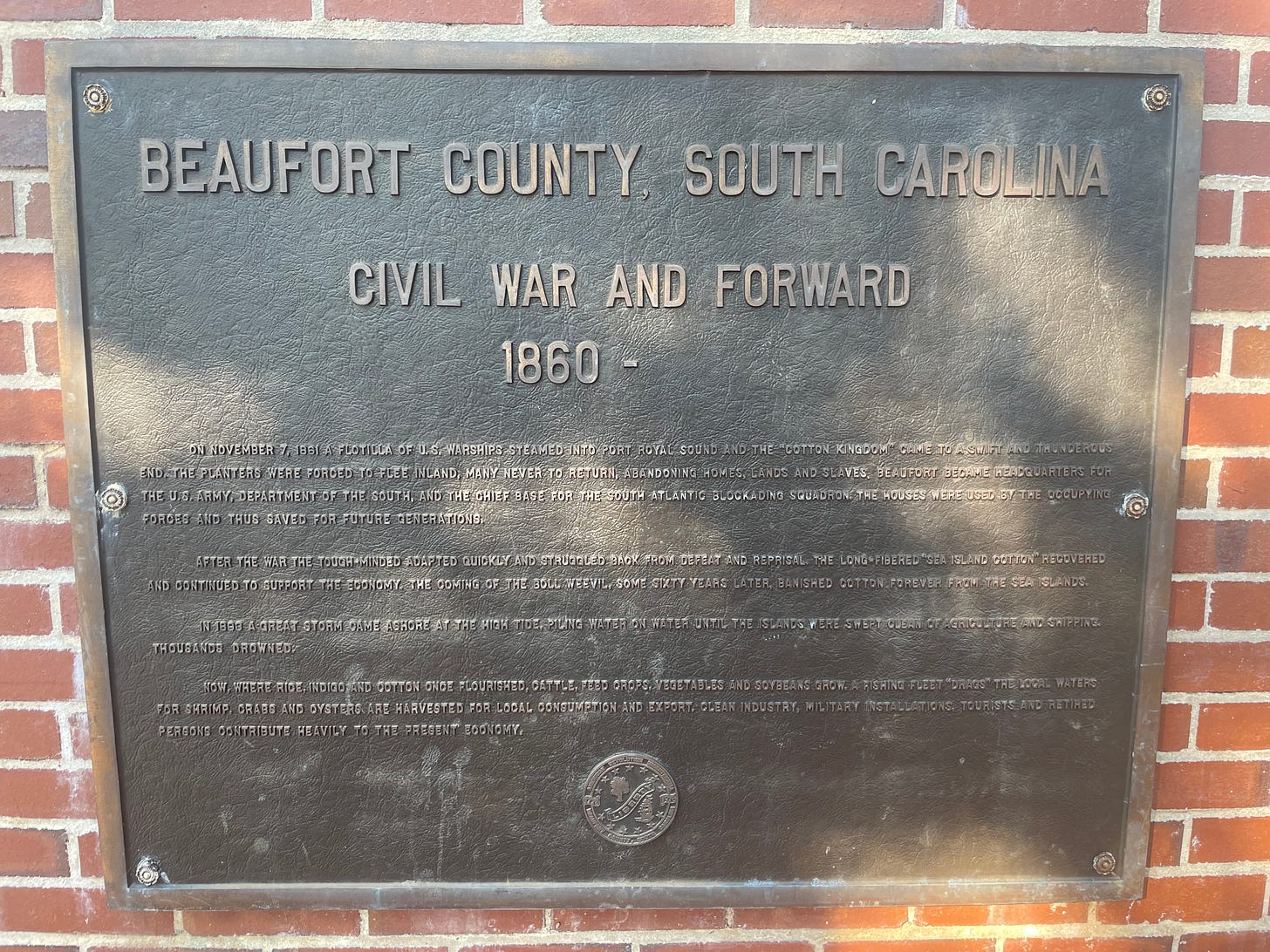
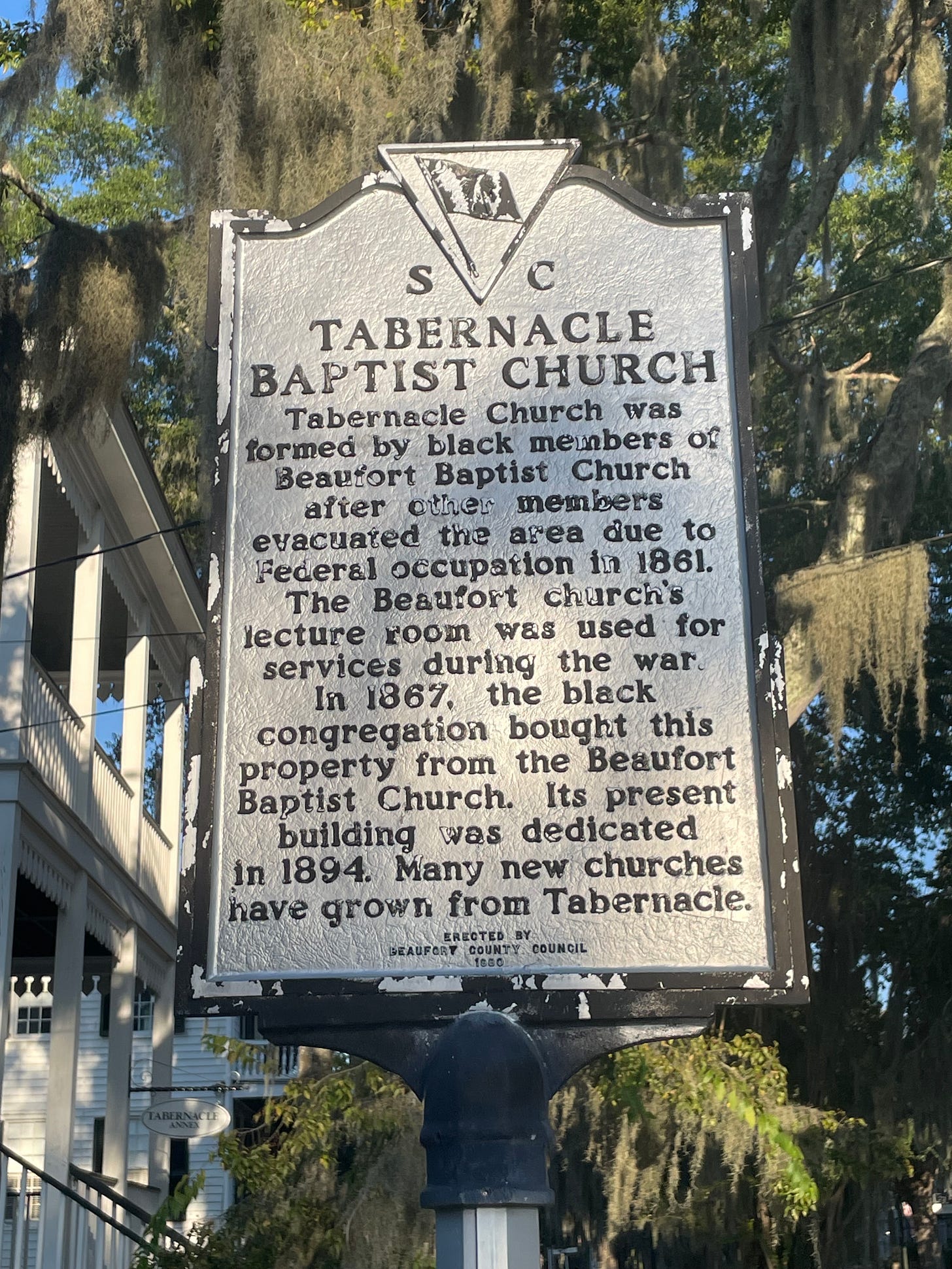
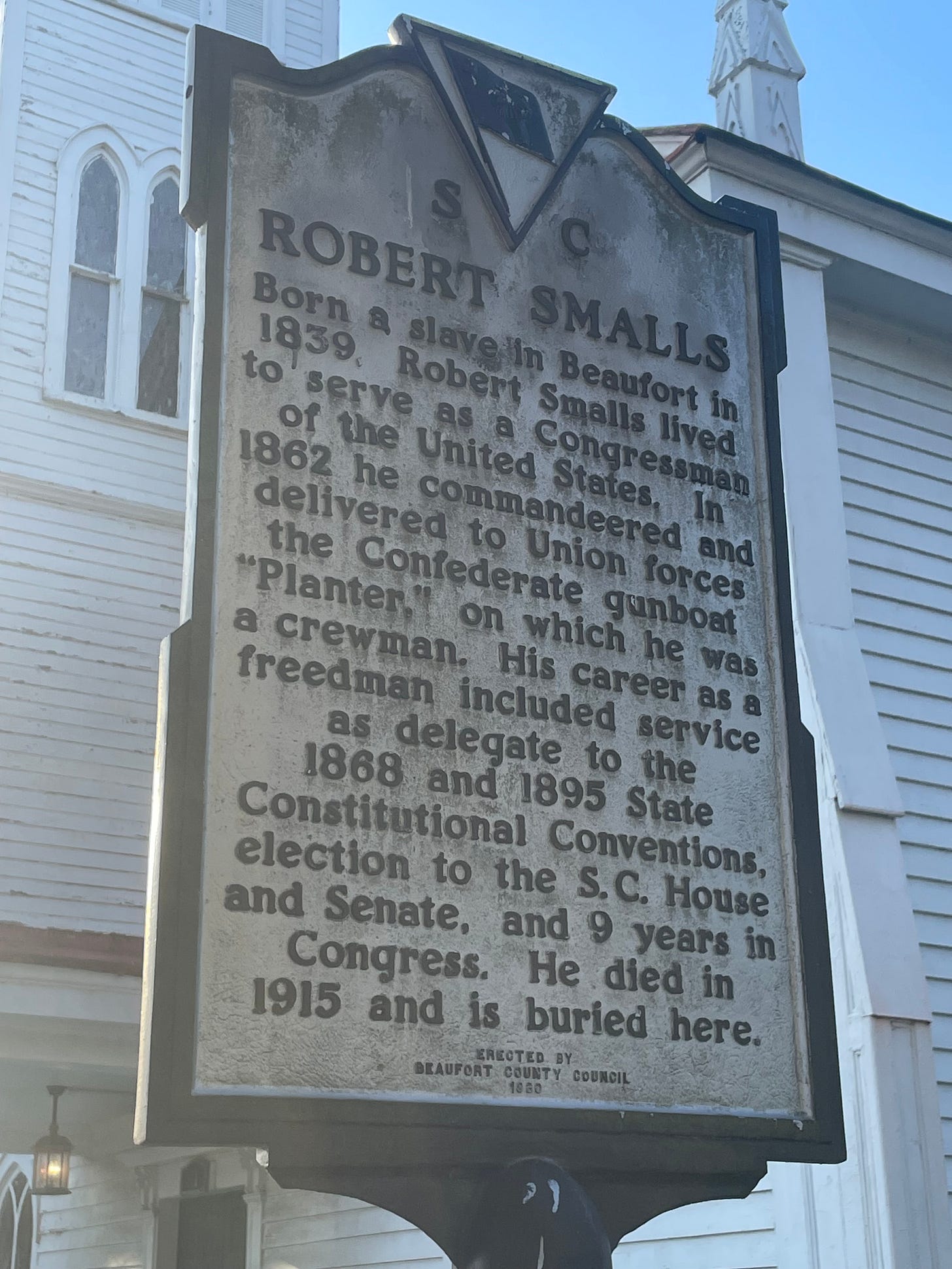
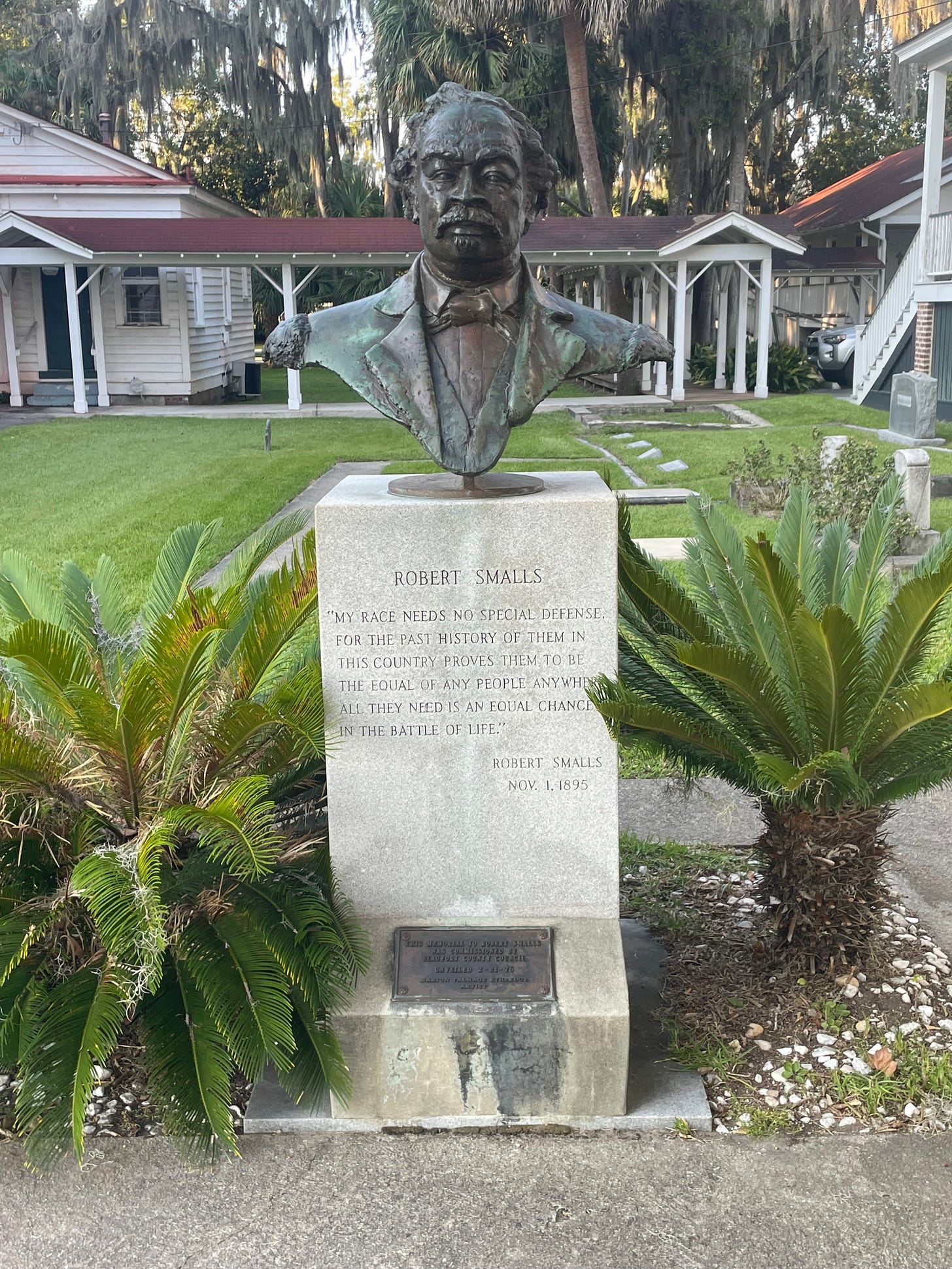
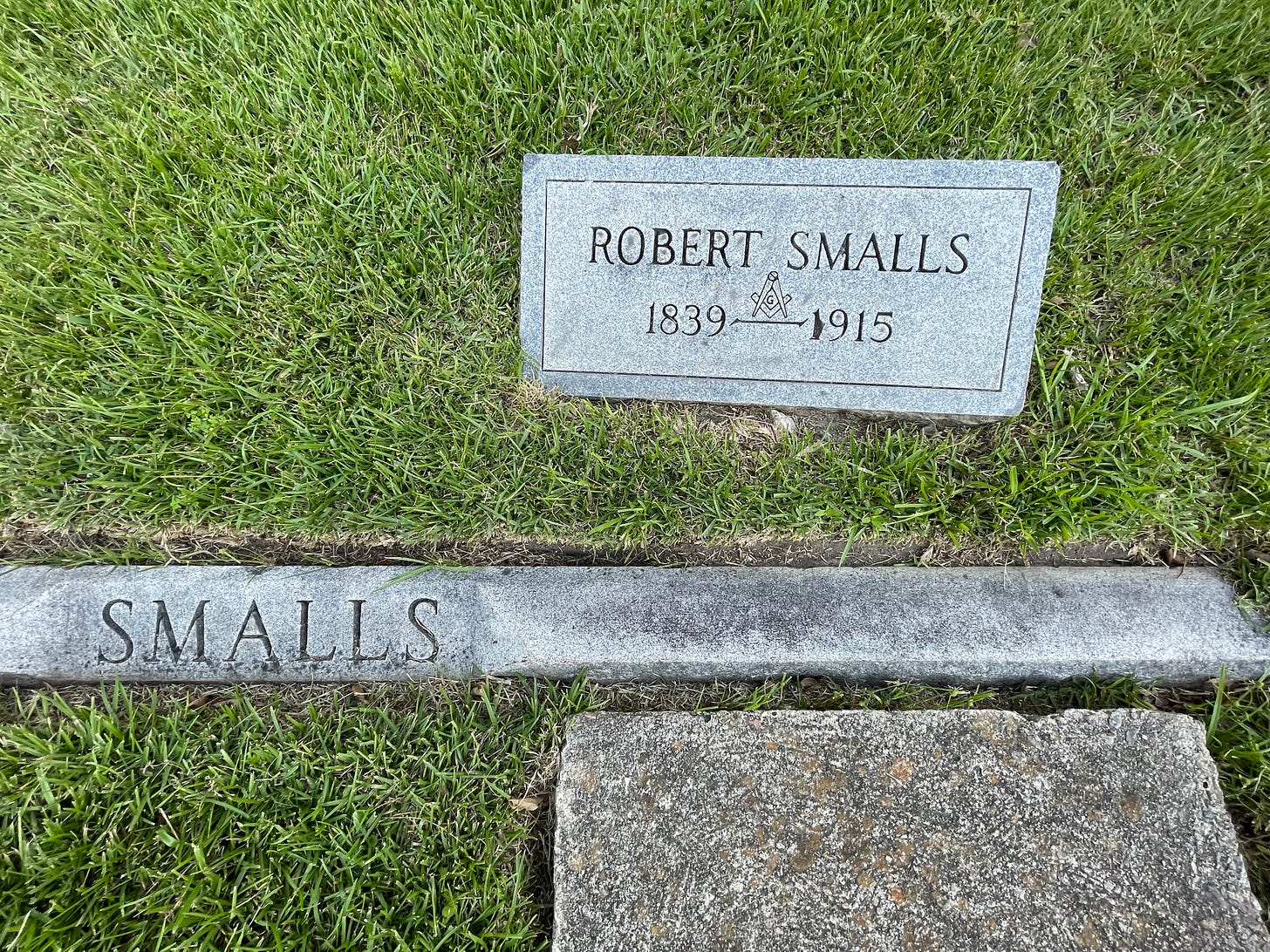
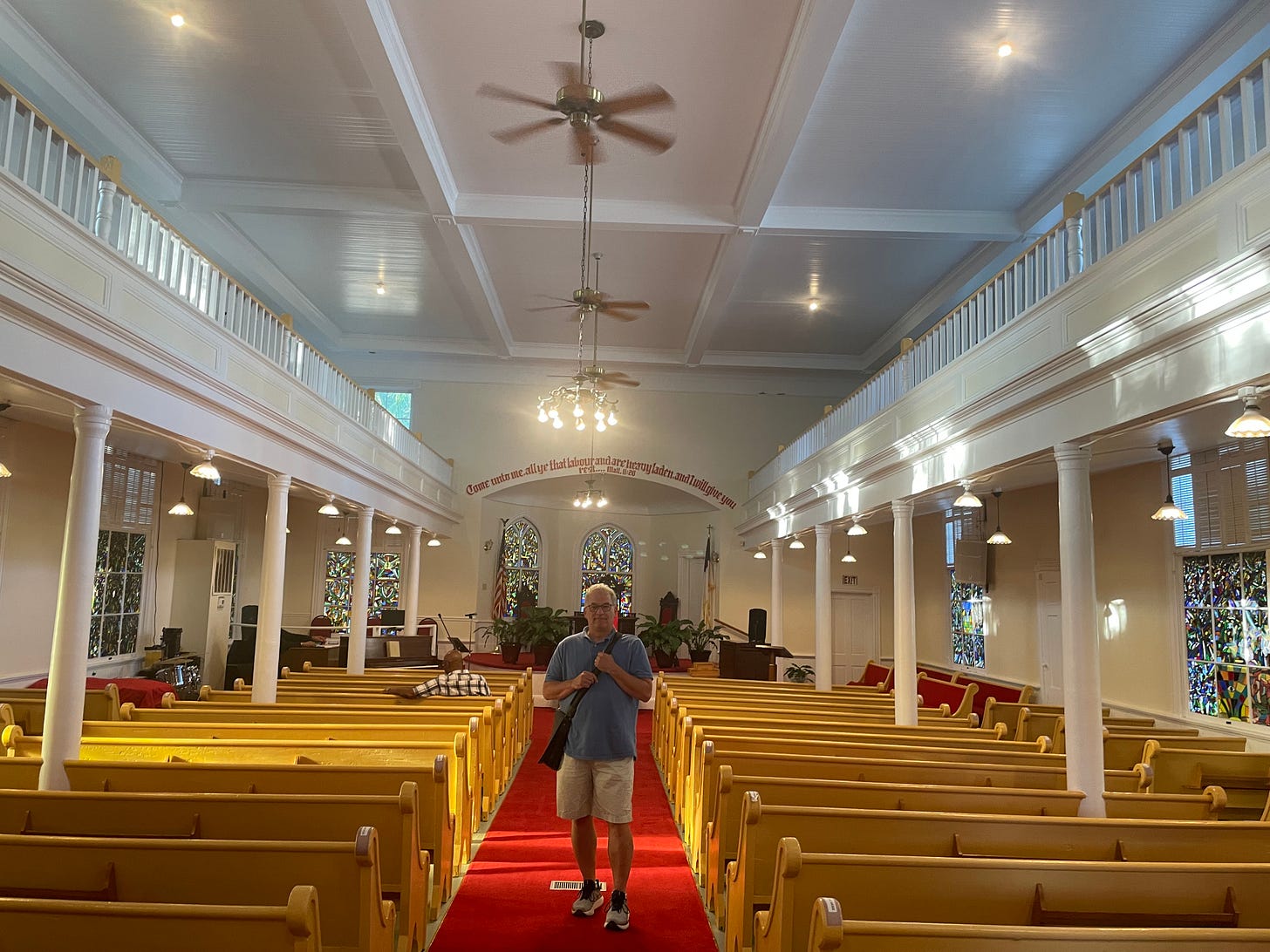
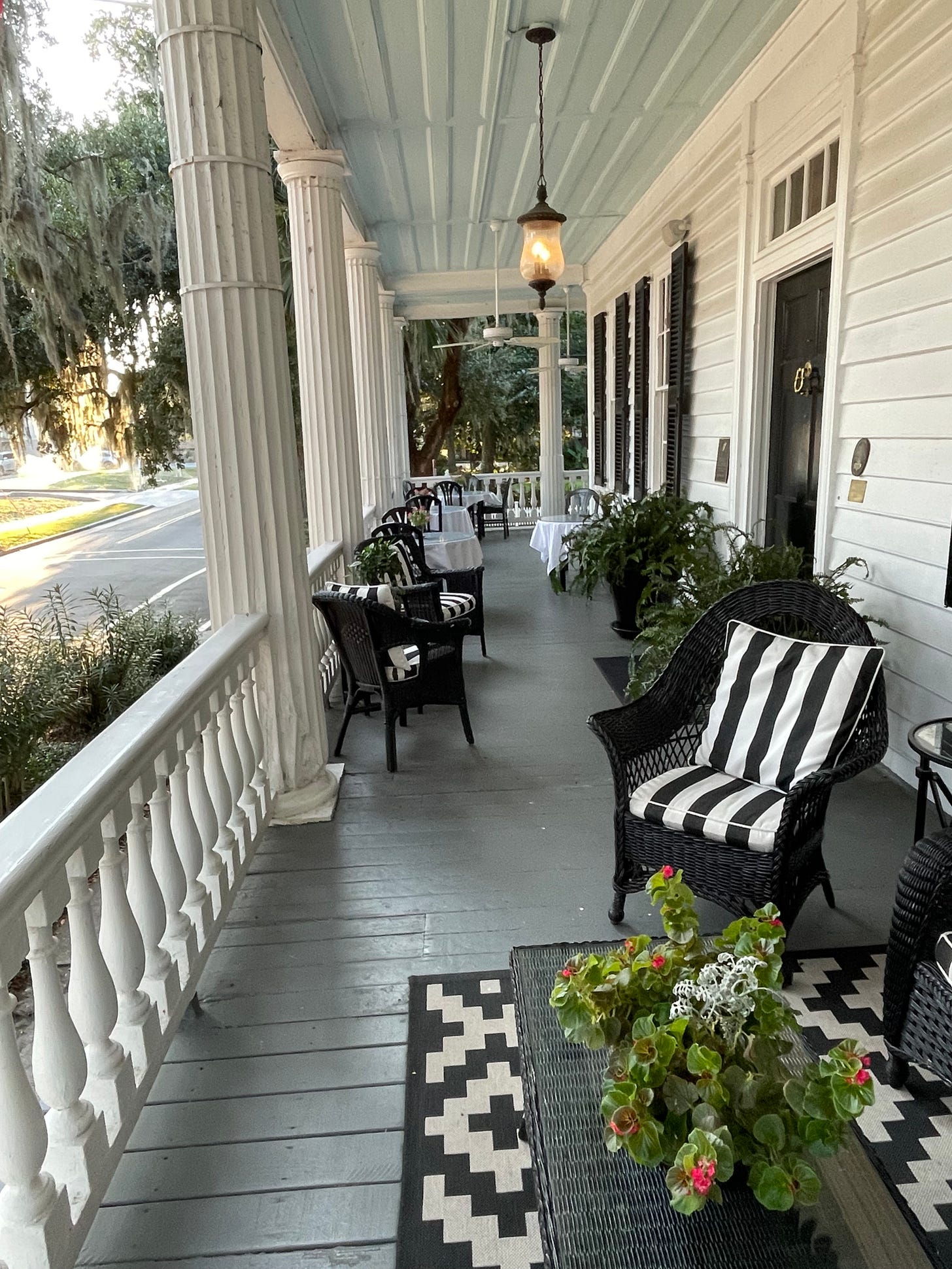
Glad to hear it. They really don’t do it justice.
I think it does say a lot about the markers when looking at who they were erected by. For instance the Robert Smalls’ markers were erected by the county and city councils while the Secession House was erected by a SCV camp. Seems like there is not a lot of editing when the markers are finalized.